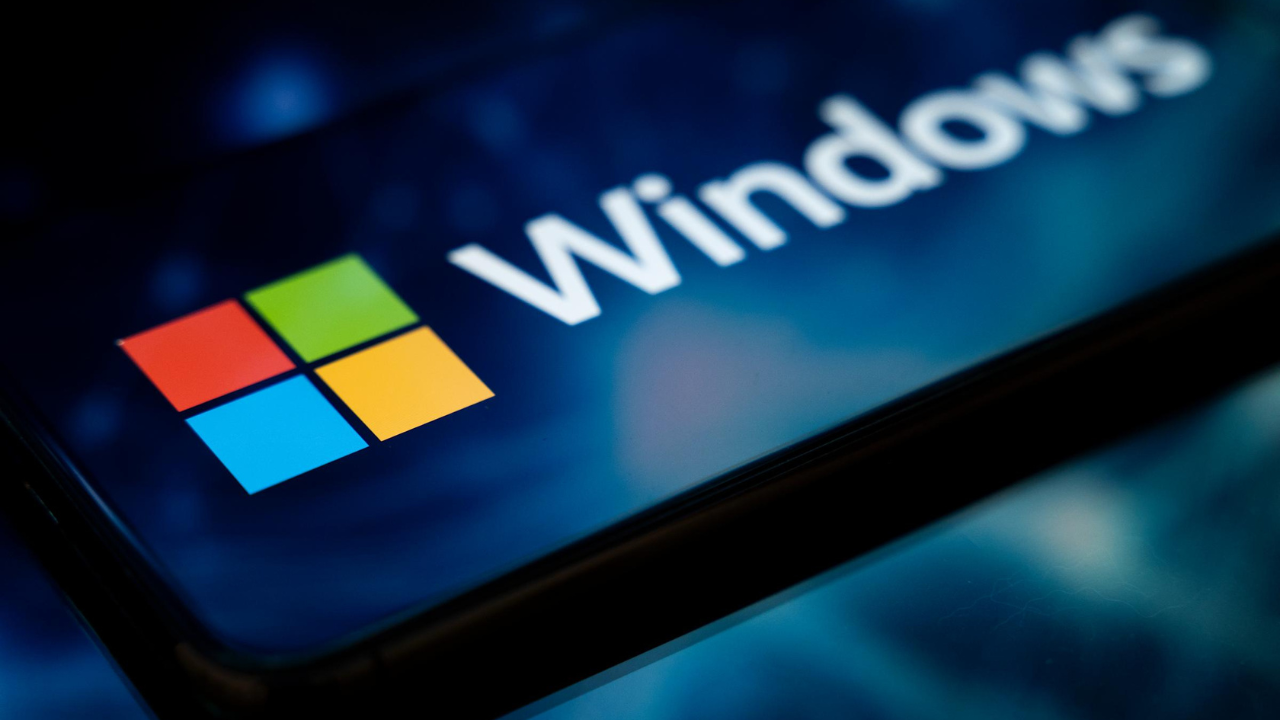Microsoft declared Windows 10’s end of life official on October 14. The operating system persists on compatible devices, yet it forfeits routine security patches. Users confront three paths to sustain protection. Upgrade to Windows 11 at no cost if hardware permits. Acquire a fresh machine preloaded with Windows 11, or pivot to alternatives such as a Mac or Chromebook.
Defer the shift and join Extended Security Updates (ESU) to extend usability by 12 months. The third route demands minimal effort and often incurs no charge, so this guide prioritises it.
These steps preserve Windows 10 on your system, granting time to plan ahead.
Enrol in Windows 10 Extended Security Updates
Question Microsoft’s push to retire Windows 10, a system that performs reliably on legacy hardware. Absence of regular security fixes exposes machines to malware risks that accumulate weekly. ESU enrolment secures another year of safe operation. Microsoft once proposed a $30 charge for this 12-month span. That remains viable, but US consumers now access a gratis alternative.
Follow these instructions to activate it.
Step 1: Confirm Your PC Runs the Latest Version
Access Settings, select System, then About.
Scroll to view the current version.
Install pending Windows 10 updates if absent.
Step 2: Log In with an Administrator Profile
Shared household devices require the primary account.
This marks the initial setup profile, labelled “Administrator” beneath the name.
Verify via Settings > Your Info.
Step 3: Check Windows 11 Upgrade Eligibility
Opt for the upgrade if available; it costs nothing and maintains Windows continuity.
Proceed otherwise to safeguard via security feeds.
Step 4: Activate Extended Security Updates
Navigate to Settings > Update & Security.
Tap the “Enroll Now” prompt.
Windows 11 download may appear for qualifying setups; pursue it promptly.
Absence of the link signals incomplete updates; address as in Step 1.
Step 5: Select Enrolment Approach
Decide on method; options abound.
The simplest involves backing up PC configurations, gratis yet time-intensive due to data transfer.
Employ the administrator account throughout.
US users encounter two stipulations with this gratis tier.
European counterparts claim it unrestricted.
First, connect your Windows profile to Microsoft’s cloud platform. Many already link via CoPilot, Office 365, GamePass, OneDrive, or kindred services. Local logins trade privacy for this extension, entering Microsoft’s networked domain.
Second, gratis backup caps at 5 GB. Excess demands OneDrive fees.
Mitigate by deselecting items in Settings > OneDrive, such as Documents, Pictures, and Videos, to stay below limits.
Post-sign-in, a dialogue emerges: “Add this device to receive Extended Security Updates.”
Select Add Device, then Done.
Secure Until October 2026
You now have 12 months to chart a Windows 11 migration. Expect revisions here if policies shift next year.
Confirmation reads: This device receives Extended Security Updates through October 2026.
What holds you back from Windows 11?
Does a free security bridge suffice, or does it prompt hardware refresh?
Billions cling to Windows 10; this breather buys breathing room for deliberate choices.
Enrolment not only wards off threats but spotlights user leverage in software lifecycles.
Microsoft bends to demand, proving consumer voices shape tech timelines.
